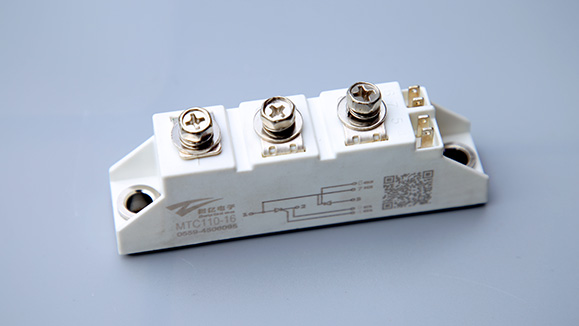The working principle of thyristor
2021/6/24
Thyristor (Thyristor) is the abbreviation of thyristor, also known as thyristor rectifier, formerly referred to as thyristor; in 1957, General Electric Company developed the world’s first thyristor product and put it in 1958 Commercialization; Thyristor is a PNPN four-layer semiconductor structure, it has three poles: anode, cathode and control pole; Thyristor has the characteristics of silicon rectifier devices, can work under high voltage, high current conditions, and its working process can be controlled and controlled. It is widely used in electronic circuits such as controllable rectification, AC voltage regulation, contactless electronic switches, inverters and frequency conversion.
The working principle of thyristor
During the operation of the thyristor, its anode (A) and cathode (K) are connected to the power supply and load to form the main circuit of the thyristor. The gate G and cathode K of the thyristor are connected with the device for controlling the thyristor to form the control circuit of the thyristor. The thyristor is a semi-controlled power electronic device, and its working conditions are as follows:
1. When the thyristor bears the reverse anode voltage, no matter what voltage the gate bears, the thyristor is in the reverse blocking state.
2. When the thyristor is subjected to a positive anode voltage, the thyristor will only be turned on when the gate is subjected to a positive voltage. At this time, the thyristor is in the forward conduction state, which is the thyristor's thyristor characteristic, that is, the controllable characteristic.
3. When the thyristor is turned on, as long as there is a certain positive anode voltage, regardless of the gate voltage, the thyristor remains on, that is, after the thyristor is turned on, the gate loses its function. The gate only serves as a trigger.
4. When the thyristor is turned on, when the main circuit voltage (or current) decreases to close to zero, the thyristor turns off.
Huangshan City Zhen Yi Electronics Co.,Ltd. All rights reserved 皖ICP备12019564号 Disclaimer

